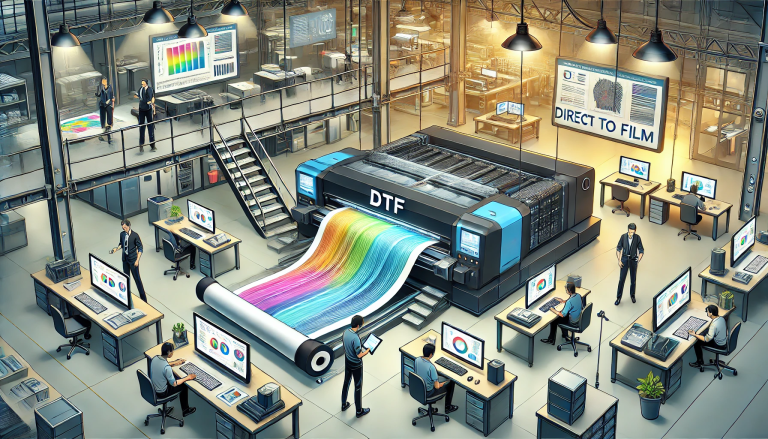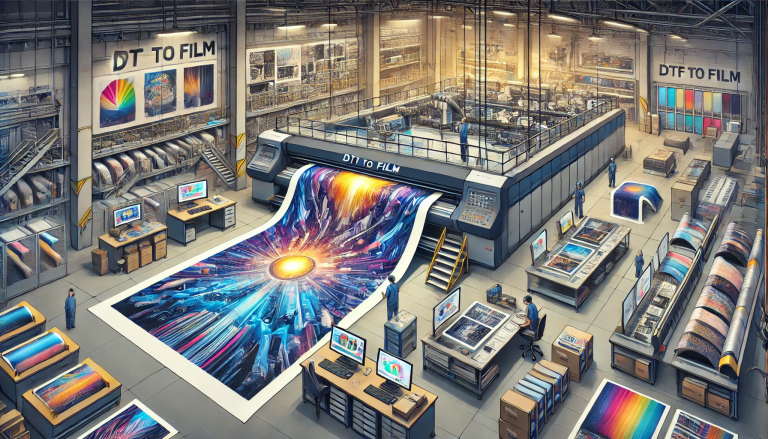Introduction to DTF Printing
In the ever-evolving landscape of digital printing, Direct to Film (DTF) printing has emerged as a revolutionary technique, offering unmatched versatility and quality in the realm of fabric decoration. Among the various formats available, DTF A3 sheets stand out as a particularly intriguing medium for artists, designers, and entrepreneurs alike. This article delves into the world of DTF printing, focusing on the utilization of A3 sheets, to explore its implications for creativity, innovation, and the future of digital design.
The Process and Advantages of DTF Printing
DTF printing, at its core, involves printing designs onto a specialized film which is then transferred onto fabric using a unique adhesive and heat process. This method distinguishes itself from traditional direct-to-garment (DTG) printing by its ability to apply designs to a wide variety of fabrics without the need for pre-treatment. The A3 sheet format, measuring 11.7 x 16.5 inches, provides a substantial canvas for intricate designs and vibrant colors, making it an ideal choice for both small businesses and hobbyists.
Unmatched Versatility
The versatility of DTF A3 sheets is one of their most compelling attributes. Unlike other printing methods, DTF does not limit the user to specific fabric types or colors. Whether it’s cotton, polyester, silk, or a blend, the DTF method ensures high-quality transfers regardless of the textile. This opens up endless possibilities for designers to experiment with different materials and garments, from t-shirts and hoodies to hats and bags.
Quality and Durability
Quality and durability are other significant advantages of DTF A3 printing. The prints are known for their vibrant colors, sharp details, and resistance to fading and cracking. This durability is particularly important in the fashion and apparel industry, where longevity and wearability are key. Moreover, the environmental impact of DTF printing is relatively minimal compared to traditional methods, as it uses less water and energy, and the inks are typically more eco-friendly.
Economic Efficiency for Entrepreneurs
For small businesses and entrepreneurs, DTF A3 sheets offer a cost-effective and efficient solution for producing high-quality, custom apparel. The initial investment in DTF printing equipment and materials can be quickly recouped through the sale of printed goods. Additionally, the ability to print designs on-demand reduces waste and inventory costs, making it an attractive option for startups and established businesses looking to expand their product offerings.
Creative Potential and Future Prospects
The creative potential of DTF A3 printing is perhaps its most exciting aspect. Designers are no longer confined by the limitations of fabric or color, allowing for the expression of unique artistic visions and the exploration of new design frontiers. The format is particularly well-suited for limited-edition runs, custom orders, and prototyping, offering designers the flexibility to experiment without significant financial risk. As technology continues to advance, we can expect to see further innovations in DTF printing that will enhance its capabilities and applications. Developments in ink formulations, film quality, and printing equipment will likely lead to even higher quality prints, faster production times, and more sustainable practices.
Conclusion
In conclusion, DTF A3 sheets represent a significant advancement in the field of digital printing, offering unparalleled versatility, quality, and creative freedom. As more artists and businesses discover the benefits of this technology, we can anticipate a surge in innovative designs and products that push the boundaries of traditional fabric decoration. The future of DTF printing is bright, and its potential is limited only by the imagination of those who embrace it.





